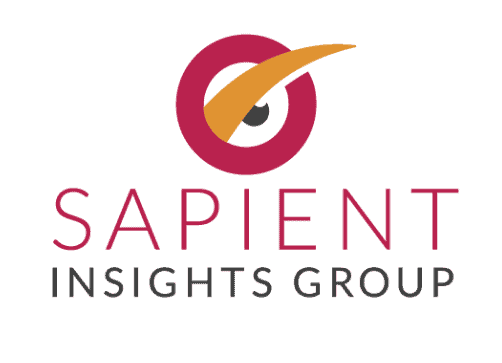We are thirty days into the new administration, and the regulatory landscape is rapidly shifting. Organizations are struggling to stay compliant and at the same time, ensure their workforce remains engaged, supported, and motivated. From the Secure 2.0 Act’s impact on retirement planning to ongoing H-1B visa fear and the removal of formal DEI programs, leaders must be proactive in managing change.
Sapient Insights Group found that 52% of HR professionals believe they contribute strategically to their organizations, yet outcomes have declined across talent, HR, and business segments. This underscores the urgency for HR and business leaders to take a change leadership approach, ensuring that transitions do not erode employee trust and morale.
The Challenge of Change
When major legislative changes occur, employees often experience uncertainty and concern about their financial security, job stability, and overall workplace culture. Without clear and proactive leadership, this uncertainty can quickly lead to:
– Increased turnover
– Reduced engagement
– Distrust in leadership
– Productivity declines
To combat these risks, leaders must move from a reactive mindset to a proactive, change leadership approach—one that fosters trust, engagement, and adaptability.
Change Leadership Strategies to Maintain Workforce Morale
Communicate with Transparency and Empathy
🔹 Action Plan:
✅ Host Q&A sessions and webinars explaining the changes in simple terms.
✅ Acknowledge concerns honestly and empathetically—mistrust arises when leaders appear to withhold information.
Change Leader Tip: Frame conversations around opportunity rather than disruption. For example, highlight how Secure 2.0 expands access to retirement savings, benefiting long-term financial security.
Reinforce a Culture of Inclusion Without Formal DEI Mandates
🔹 What’s Happening? The rollback of formal DEI programs in some regions has left employees concerned about belonging and equal opportunities.
🔹 Action Plan:
✅ Shift from “compliance-driven” DEI efforts to value-driven inclusion programs.
✅ Empower ERGs (Employee Resource Groups) to drive inclusion organically.
✅ Train managers on inclusive leadership—how to support diverse teams effectively, even without official DEI structures.
Change Leader Tip: Authenticity is key. Employees need to see that leadership values inclusion not because of mandates, but because it strengthens the business.
Enable Managers to Be Change Champions
🔹 What’s Happening? Research shows that managers are the linchpin of engagement during change. Yet, 58% of those overseeing HR technology have less than three years of experience, indicating a potential gap in leadership preparedness.
🔹 Action Plan:
✅ Train managers in change communication—how to explain policy shifts without creating fear.
✅ Equip them with coaching skills to navigate tough conversations with employees.
✅ Set up peer forums where managers can share best practices and challenges in leading through change.
Change Leader Tip: Employees trust their direct managers more than corporate messaging. Investing in manager training will pay dividends in engagement and retention.
The Future of Change Leadership in HR
Major legislative shifts won’t stop in 2025. Organizations that embed change leadership as a core competency—rather than treating it as a crisis response—will thrive.
🔹 Key Takeaways:
✅ Anticipate concerns and communicate early—transparency builds trust.
✅ Reframe challenges as opportunities—whether in retirement planning, DEI, or other HR policies.
✅ Equip leaders with the skills to manage uncertainty—because the workforce looks to them for stability.
At Sapient Insights Group, we specialize in helping organizations navigate complex workforce transformations.
Want to future-proof your leadership approach? Let’s talk


